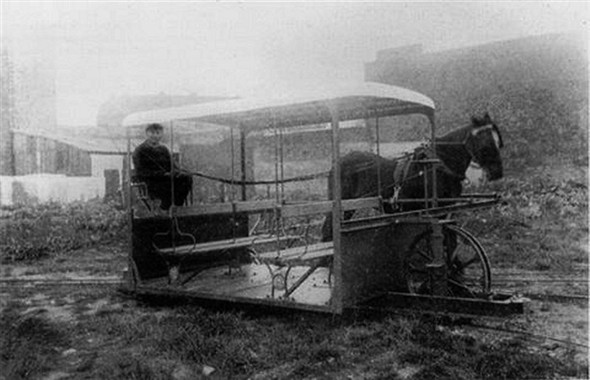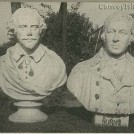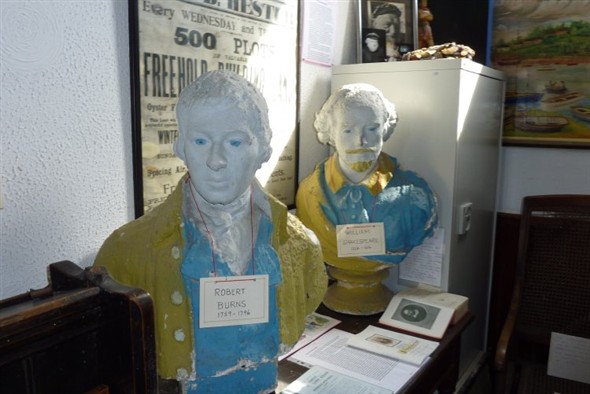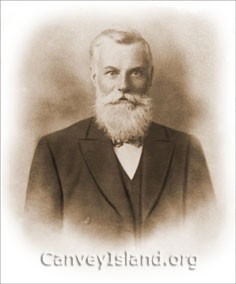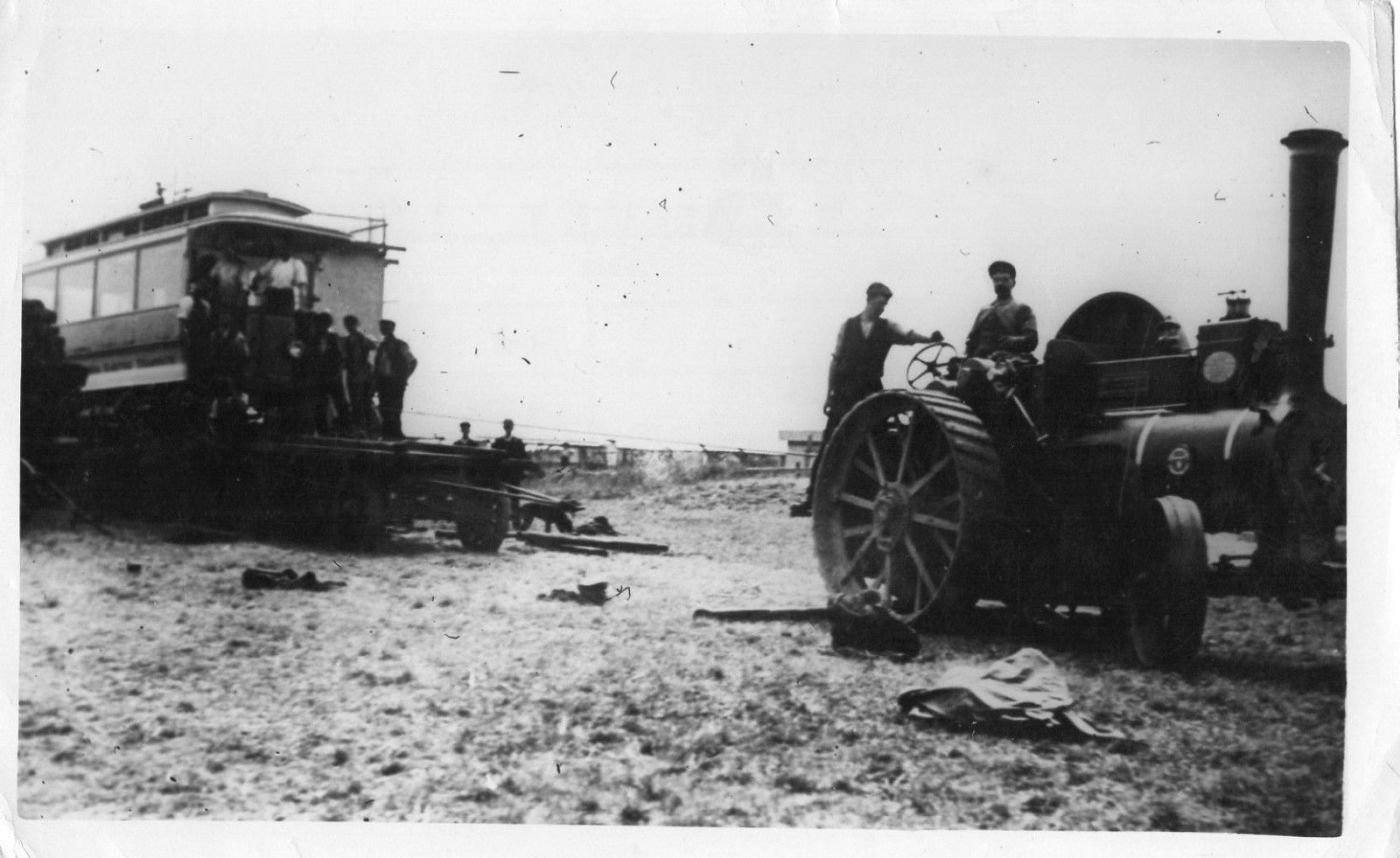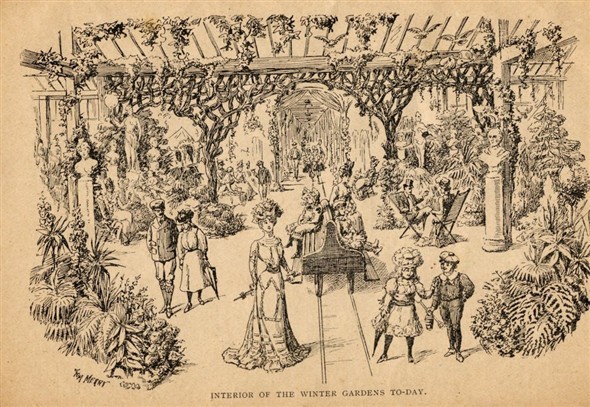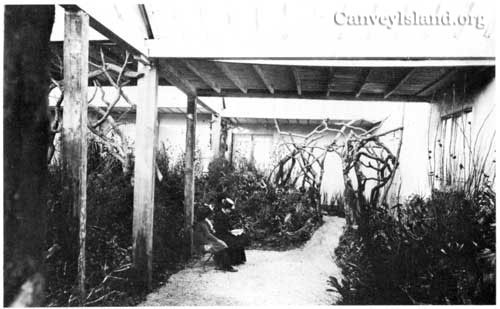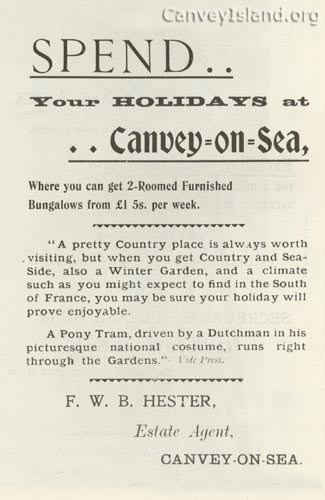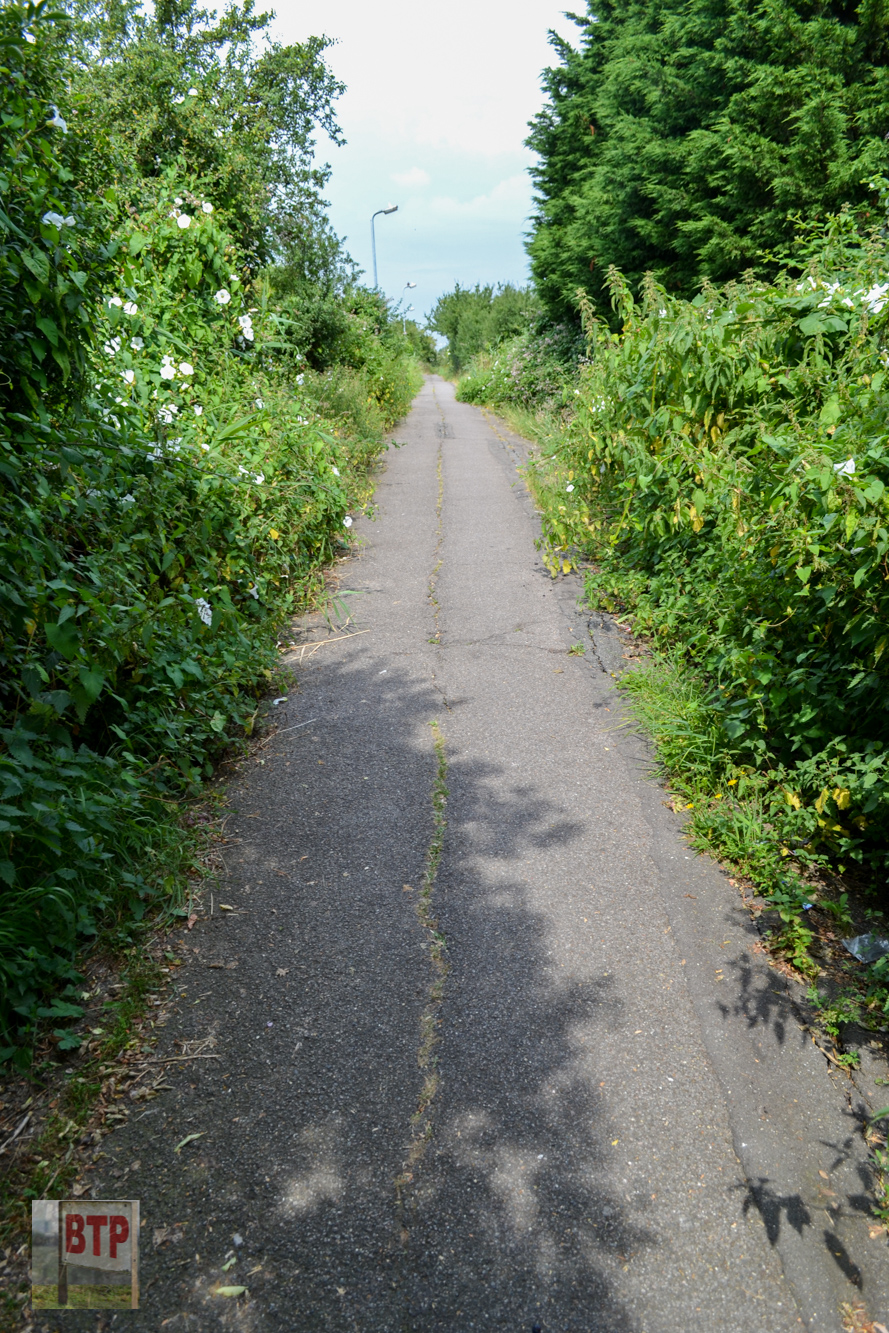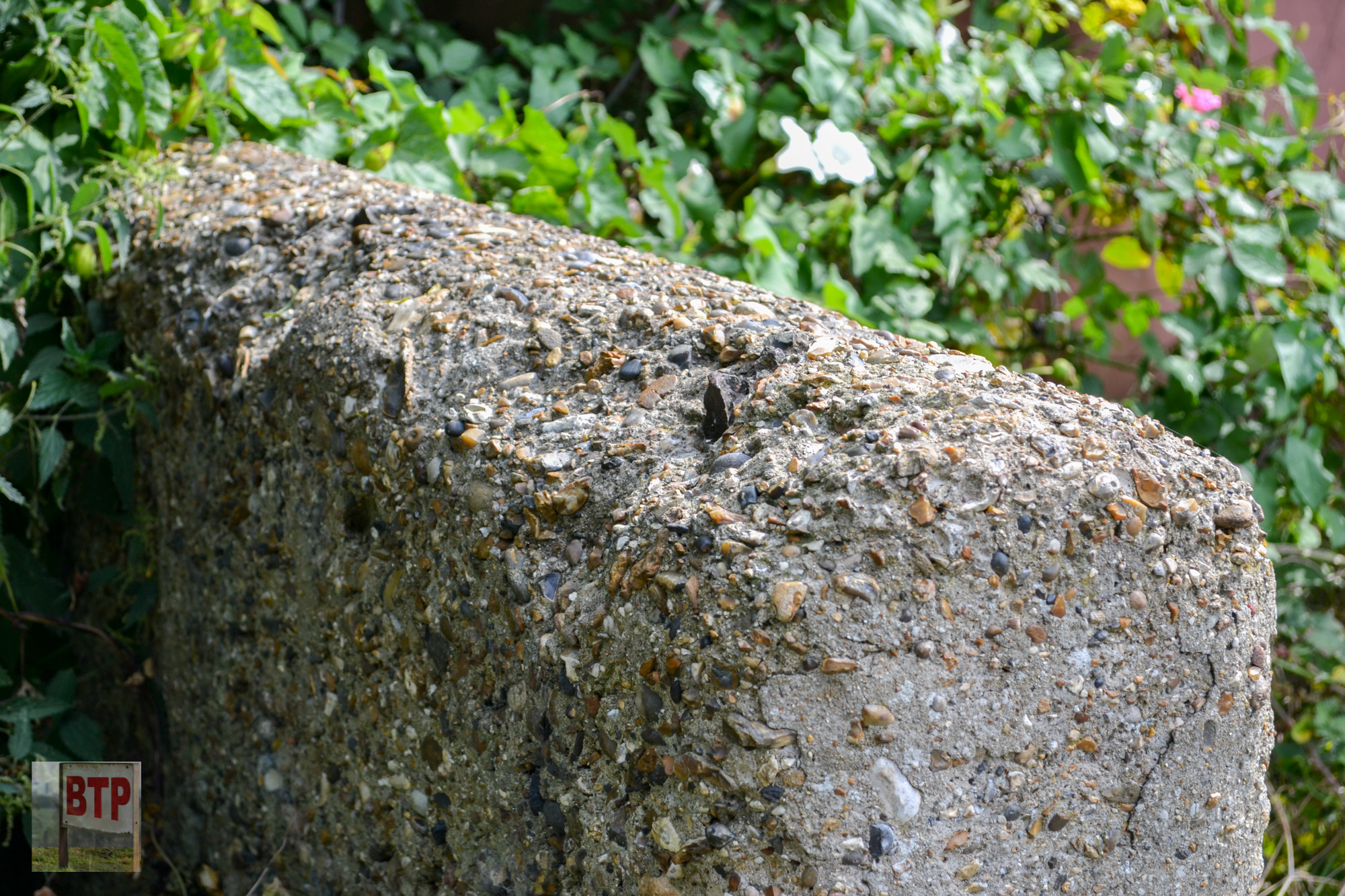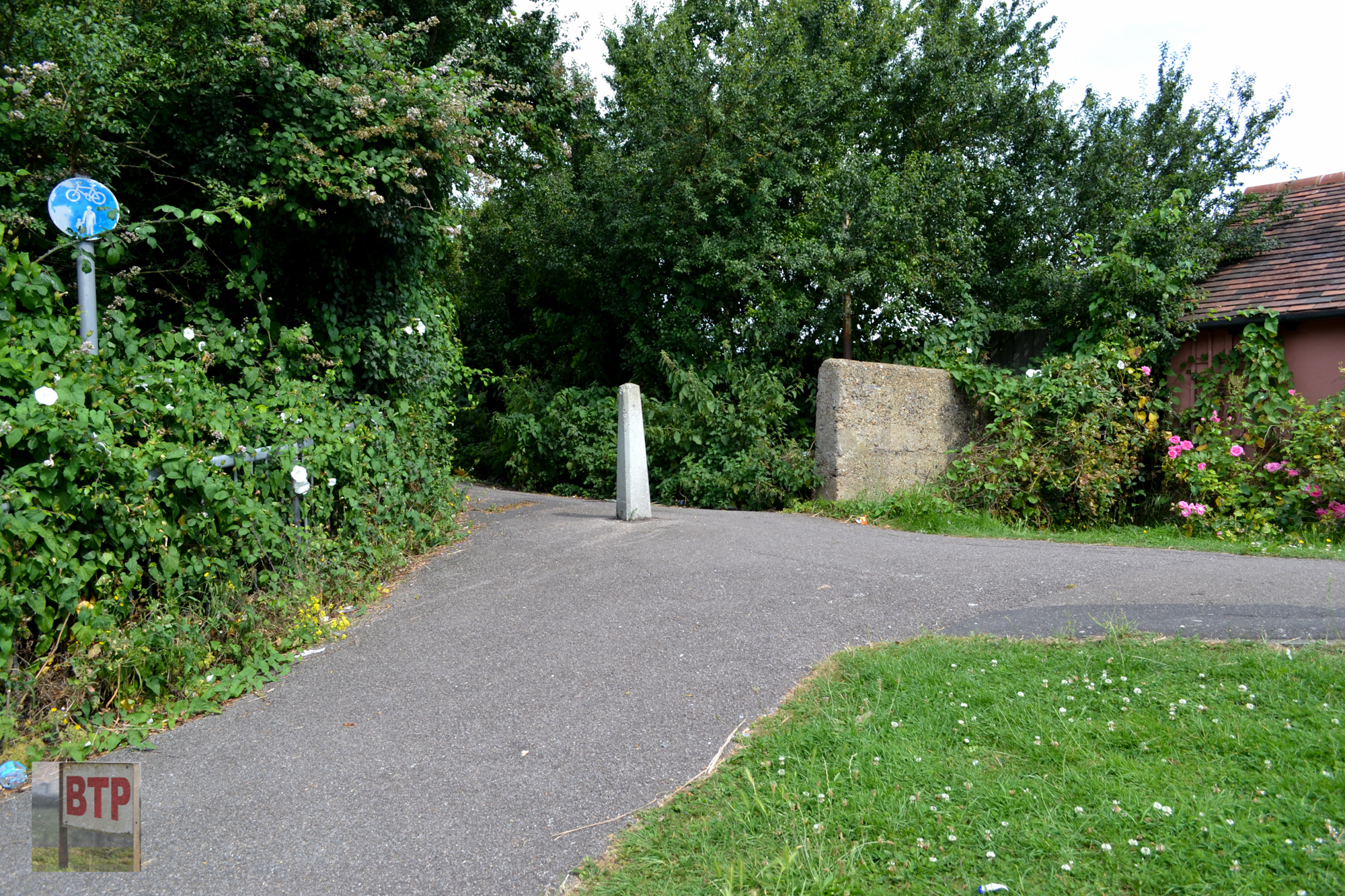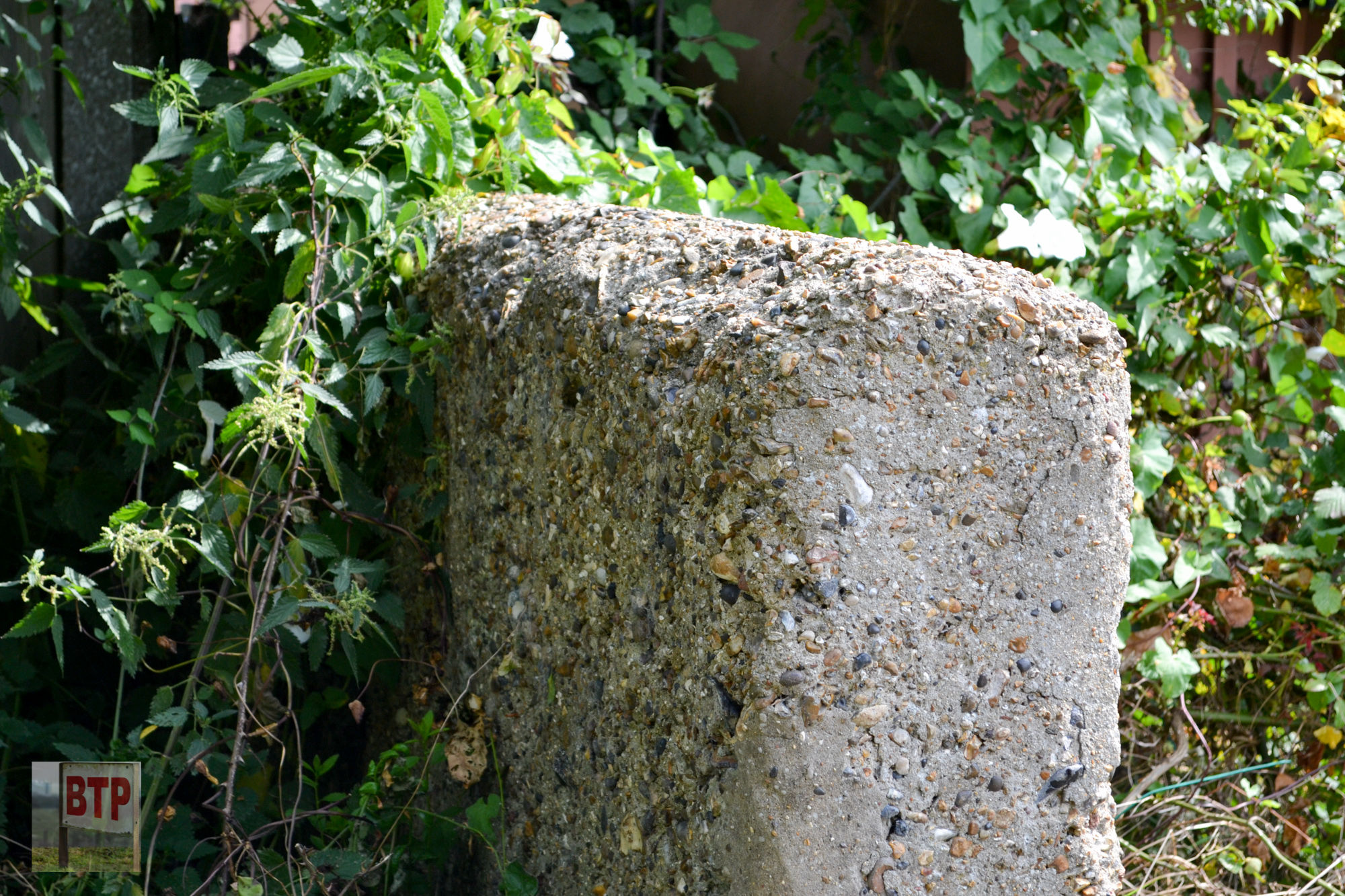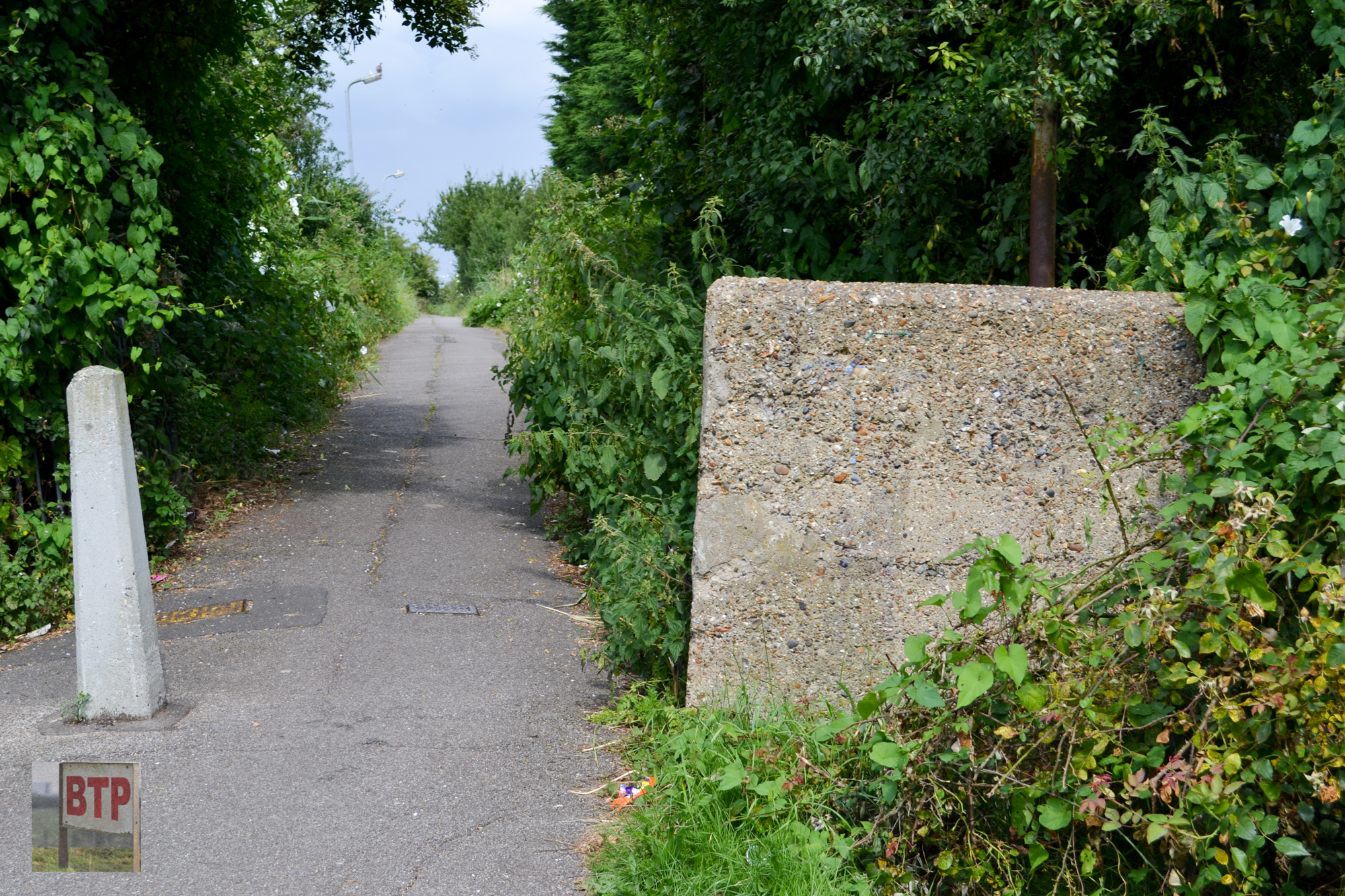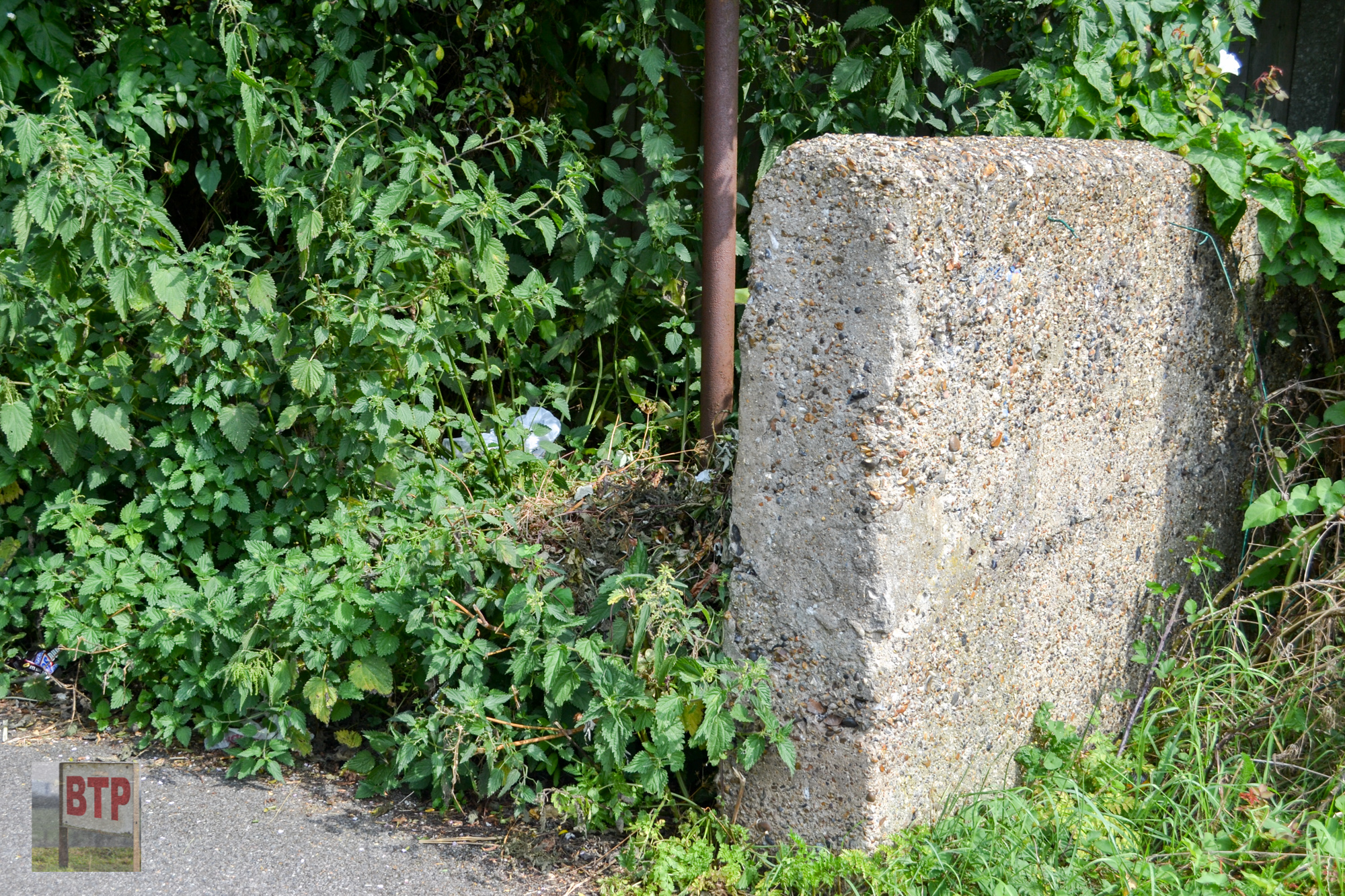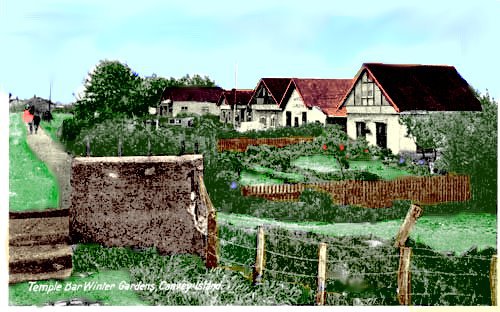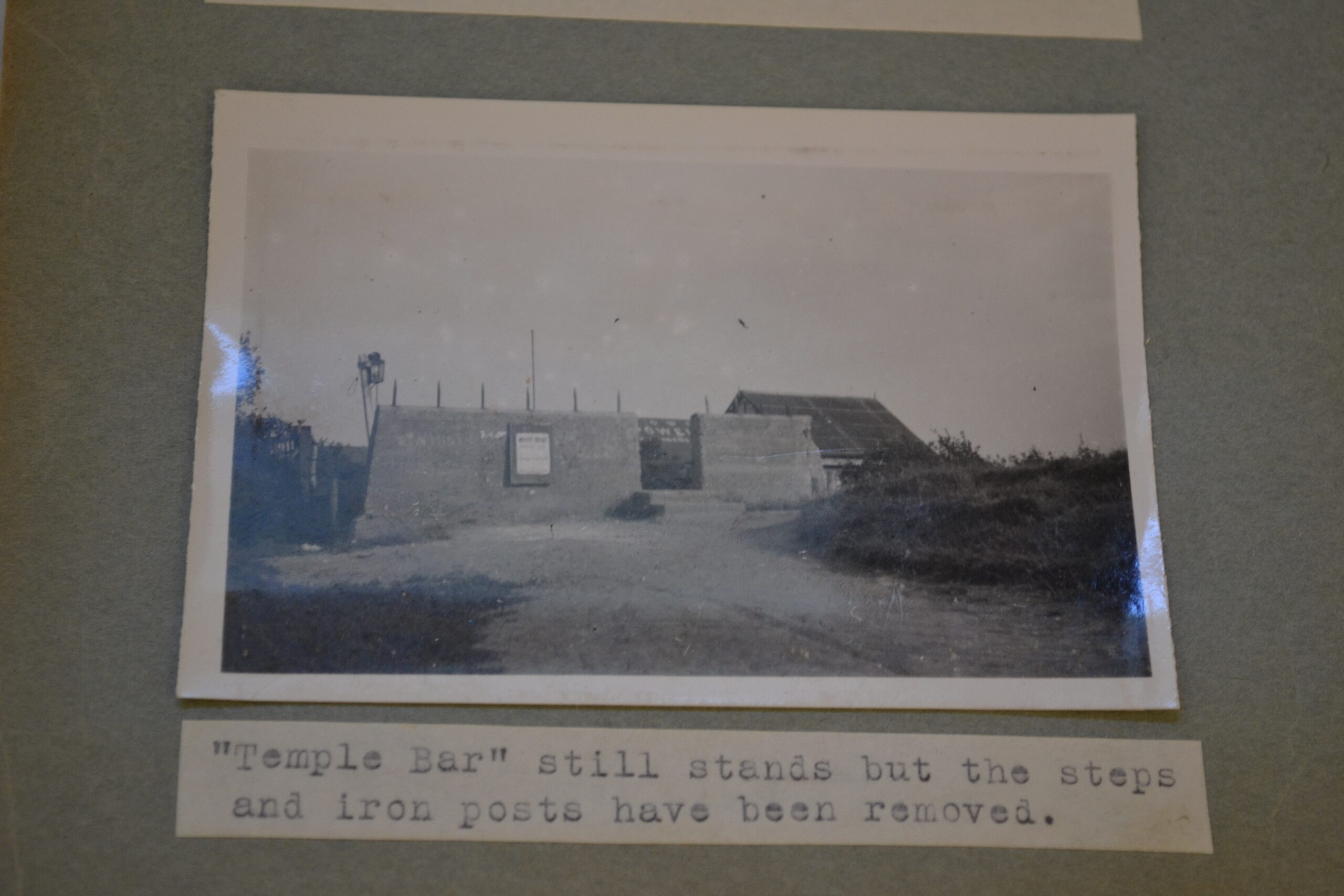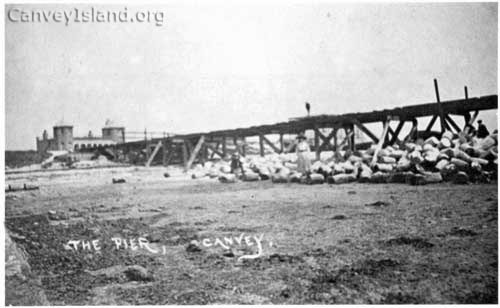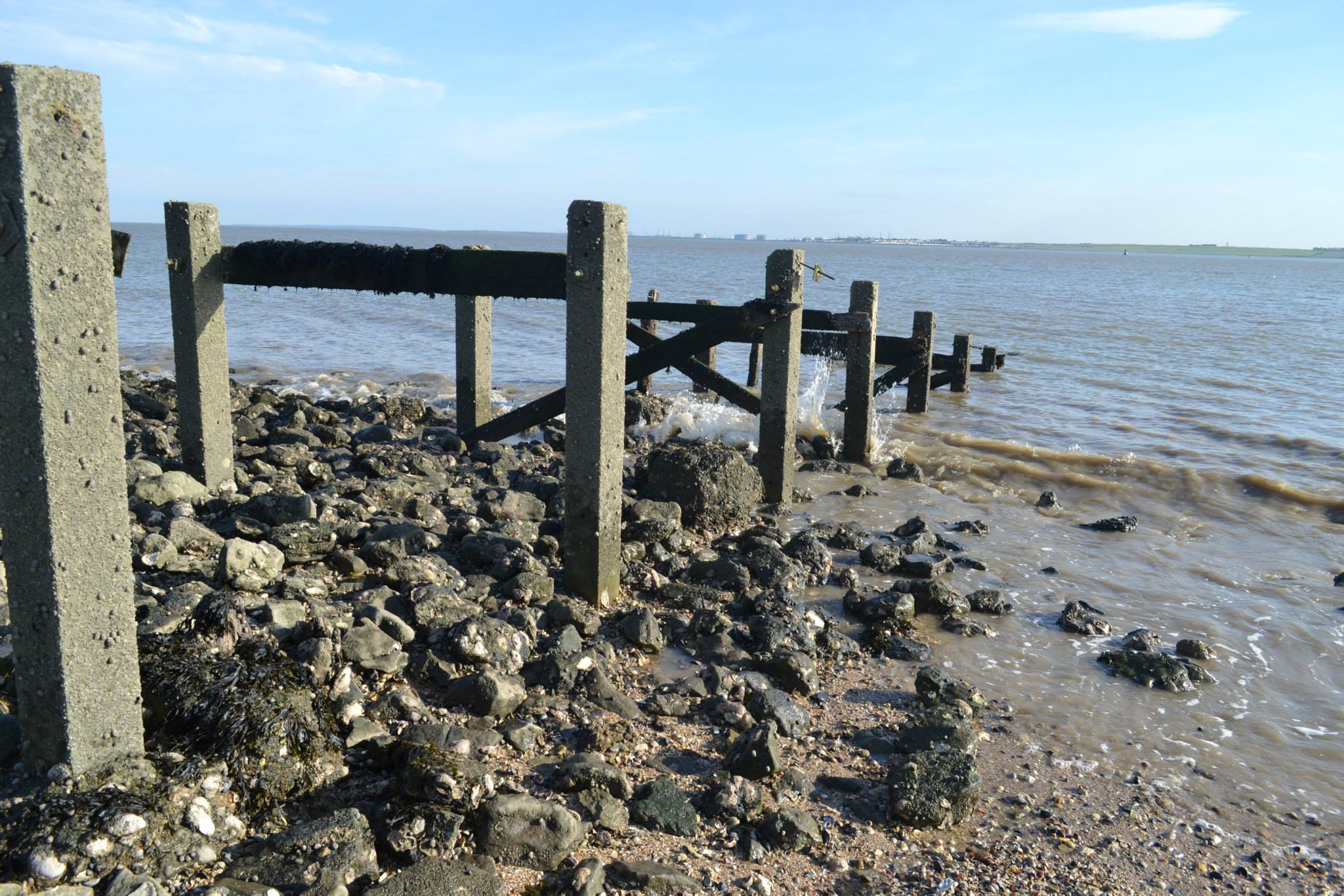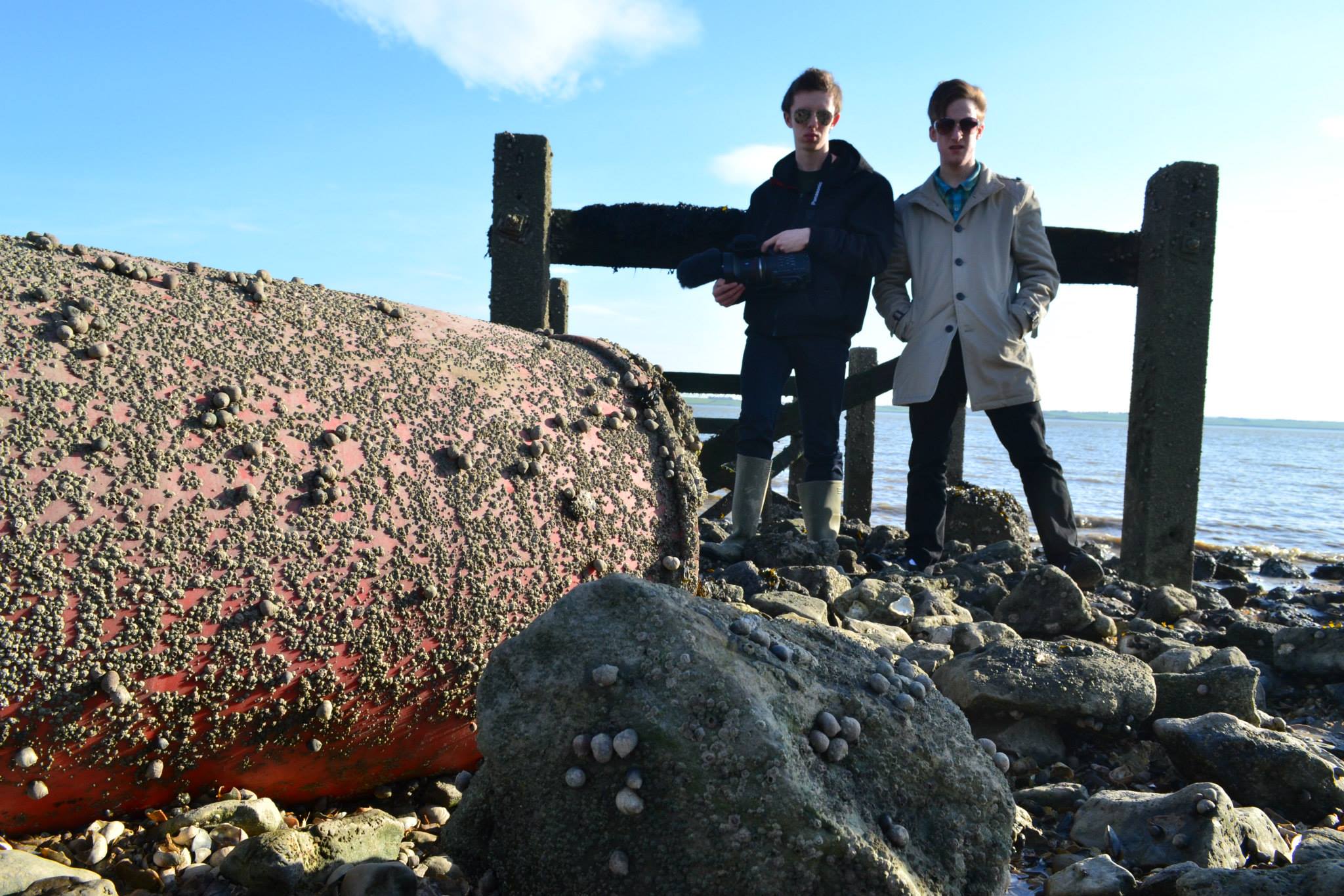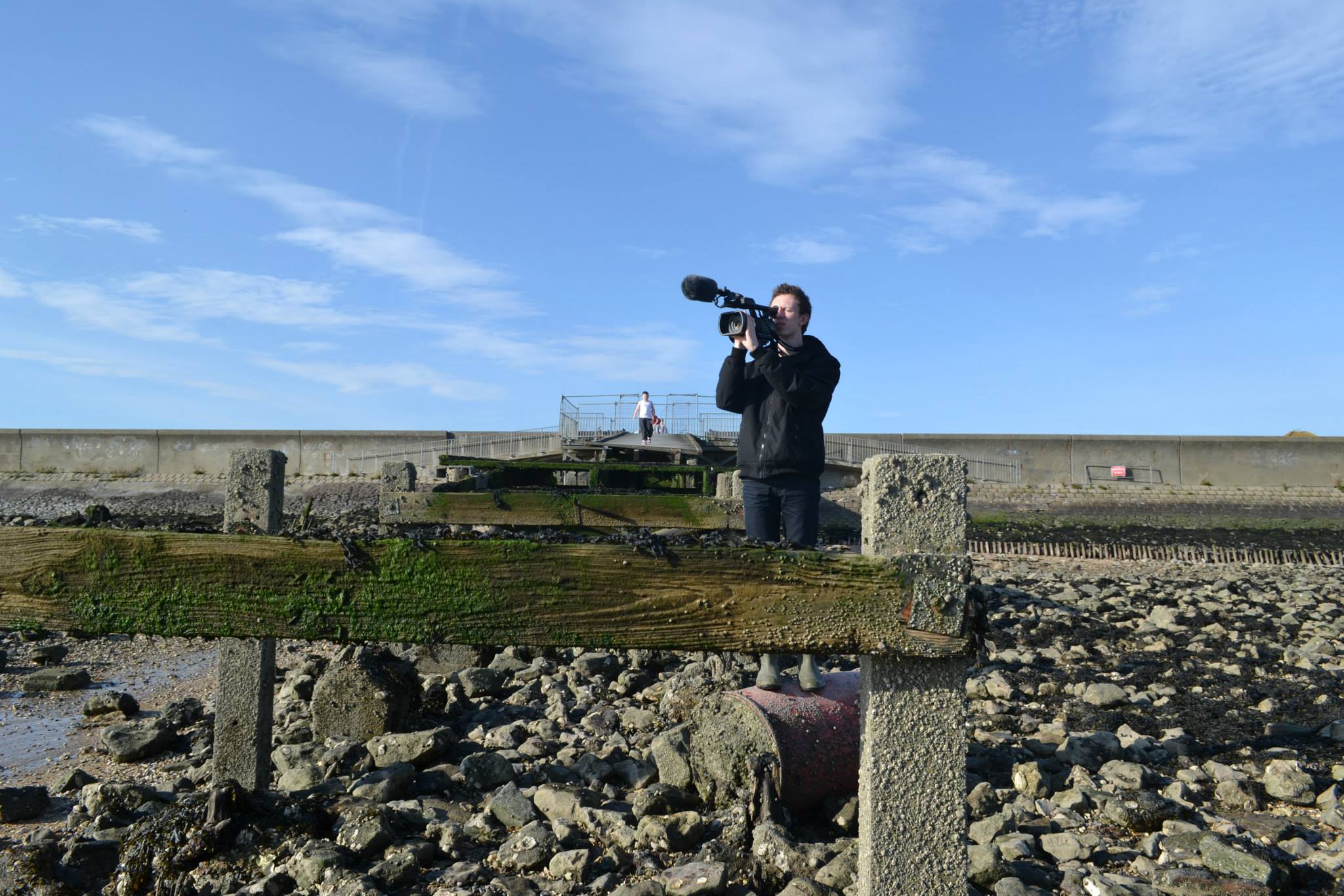Two busts that stood in ‘Poets Corner’ of the Winter Gardens, today in the Canvey Heritage Centre. Photographs of Frederick Hester, and his monrail before & after electrification. Also images showing interior of his winter gardens.
Have you heard of Frederick Hester, the man who promoted Canvey in the early 1900s to make it a fantastic seaside town? In the early 1900s an entrepreneur had a dream of turning Canvey into an Island holiday resort. His name was Frederick Hester. He was born in Fulham in 1853, the son of George Hester and Catherine (nee Potter). Frederick married Sibyl (nee Brewster) and they had seven children together, some of which were to help their father in his Canvey project. “F.W.B. Hester” in the poster below was Frederick’s estate agent son, Frederick William Brewster Hester, who was born in 1876 and named after his Mother & Father. He was to play a big part in his Father’s project and remained on Canvey all his life. Many changes were going on in these days. For example the expansion of the LT&SR railway line from Fenchurch Street to Southend-on-Sea. Frederick took advantage of the Benfleet Station, which is virtually on the Island as it was potentially an ideal holiday resort for Londoners to get out of the crowded city and get a glimpse of how life is different here, compared to the noisy and busy London.! Posters like this one would have posted around London to try and promote the Island.
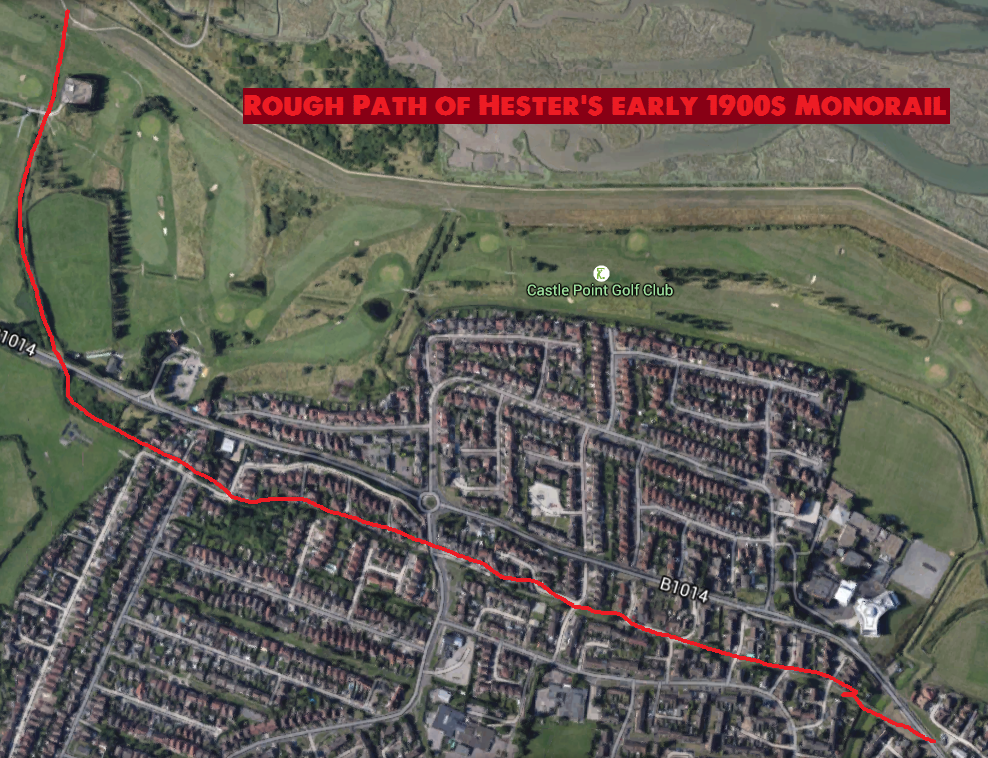
Hester built a monorail to take tourists around the Island to his various attractions. Of course, their version of a tram was a horse and cart! BTP Liam and I have walked along a footpath along the old seawall that closely follows where would have been south of the path inland. You can watch what we did at Beyond the Point TV . Although it was just a horse and cart, Hester did have plans to make it a proper railway line with electricity. He started building a generating station but it wasn’t ever finished or used. The footpath close to where the rail begins starts near Waterside next to Castle Point Golf Course ranges, across Somnes Avenue, turning through the originally named ‘Station Approach’ and then ‘Central Wall’ roads, up to where it crosses the dyke as a modern footbridge opposite Venlo Road, behind Genk Close. It does not appear to carry on any further. Apart from where the trail heads north, the line shown in the map above shows the path of the old seawall close to where the monorail ran inland.
The images above show what remains of the wall at ‘Temple Bar’ that would have likely been a cattle grid at the site of the ticket office to Wintergardens Greenhouses, which would have been a tropical experience. This lies along the road Station Approach – likely connected with the monorail. The wall was built in Hester’s time and it’s the site of the ticket booth. You can see a few metal spikes in the wall, which would have been bigger for security purposes possibly to keep livestock out. They were cut down in around the 1980s due to health and safety reasons. At the bottom of the above gallery is also a recolouring of the wall site in the early 20th century, and an earlier photograph of it in complete condition. Below is our 2015 video of the wall:
Frederick Hester dreamed of Canvey being the next Southend-on-Sea or even better by building a two and a half kilometer two-storey Pier which he planned would reach the Chapman Lighthouse. The photo below shows his pier with a Thames Barge unloading materials onto a small locomotive that ferried the materials to shore – Frederick certainly planned on joining the Pier with his railway that ended in this area. Marlboro House, the first building the Hester’s built on Canvey, can be seen on the far left of the image (below) showing the seawall, with Hester’s jetty on the right. Only 122 meters were built and it was later taken down and replaced by the adjacent Chapman Sailing Club jetty.
There are also photographs below from 2014 of the boys at the Sailing Club jetty adjacent to the site of Hester’s remaining stumps. The concrete barrels taken from the sinking of the SS Benmohr in 1902 were used to create part of Hester’s tourist jetty. Today they litter the beach around the site of the old jetty and can be seen in the photographs.
Read more at the Canvey Archive: http://www.canveyisland.org/page_id__1549_path__0p228p236p30p.aspx http://www.canveyisland.org/page_id__613.aspx
A 1930s “The Modern Wildfowler” is a commentary of a man who shot birds across Essex and beyond. He mentions shooting at Canvey Island ‘point’ and Foulness Island. He took shelter behind ‘concrete barrels’ at the point, which we can now explain as the ruins of ‘Hester’s pillars’ made from the SS Benmohr concrete barrels. These are quite the mystery, now thought to have become long-lost to the tides, but perhaps they just had a decorative purpose, echoing the remains of an ancient civilization. Times never change; the shooter says how there were less birds in the ’30s than ‘the good times’!
This entry was posted in Location Report
